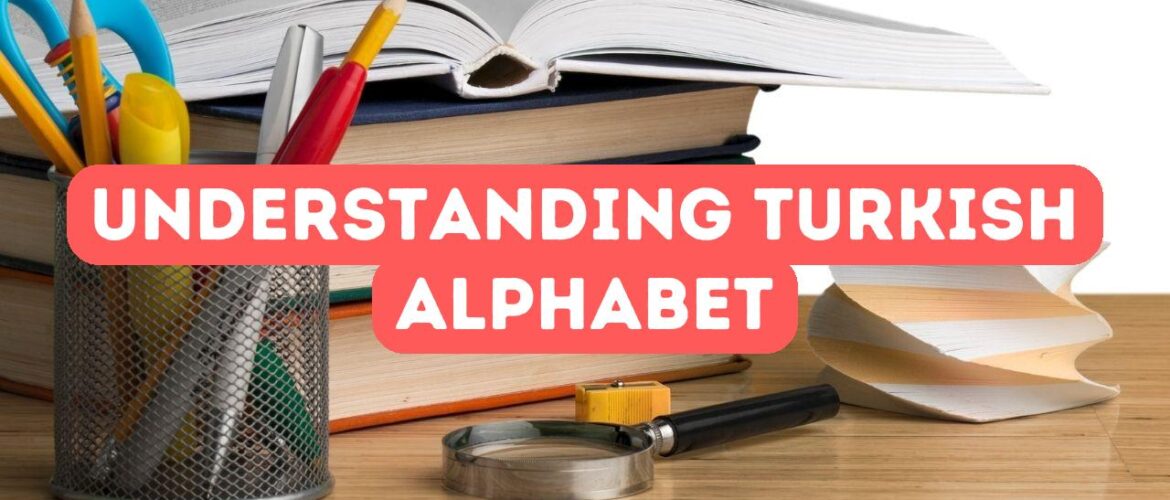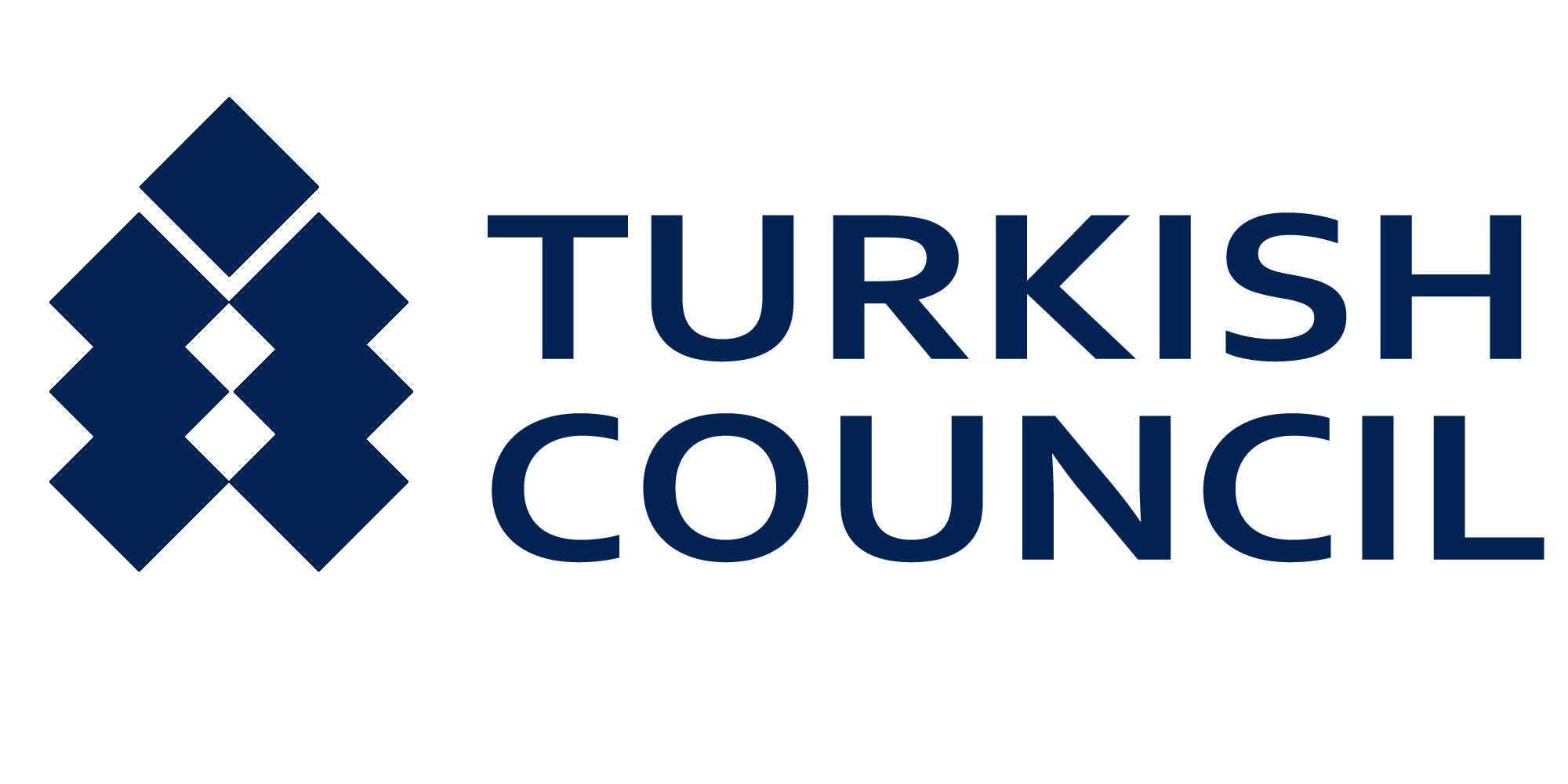Blog
Understanding Turkish Alphabet and Sounds
- August 23, 2024
- Posted by: Burak Ünal
- Category: Turkish Education

In the fascinating journey of learning the Turkish language, getting acquainted with the Turkish alphabet and its unique sounds serves as the foundational step. At Turkish Council, we recognize the significance of mastering the alphabet to ensure a smooth transition into conversing, reading, and writing in Turkish. The Turkish alphabet, a modernized derivative of the Latin script, comprises 29 letters and accommodates a range of phonetic sounds distinct to the language. Aspects such as vowel harmony, the pronunciation of specific consonants, and the inclusion of Turkish-specific characters like ğ and ş are crucial elements that distinguish Turkish from other languages. By understanding and accurately articulating these sounds, learners can significantly enhance their linguistic proficiency and cultural comprehension. Join us at Turkish Council to dive deep into this essential component of Turkish language learning and unlock the doors to further fluency and communication excellence.
Phonetic Characteristics of Turkish Letters
The Turkish alphabet’s phonetic clarity is one of its most striking features, making it relatively easier for learners to grasp. Each letter in Turkish corresponds to a single, distinct sound, minimizing ambiguities often found in other languages. For instance, the letter “c” is always pronounced as “j” in “jam,” and “ş” consistently produces the “sh” sound, as in “shoe.” This consistency allows for more straightforward pronunciation rules, which greatly aids learners in accurately voicing words from the onset. Mastering these phonetic characteristics is imperative, as it lays a solid foundation for further linguistic development and fosters confidence in both spoken and written Turkish.
In addition to individual letter sounds, Turkish employs vowel harmony, a fundamental phonetic characteristic that dictates how vowels interact within words. The concept of vowel harmony can initially appear complex but is instrumental in achieving fluency. It revolves around the harmonious matching of front and back vowels within a word, which significantly influences suffixes and word formation. For example, the vowels “e” and “i” (front vowels) must align with similar vowels when suffixes are added, maintaining a melodious flow. This systematic approach not only adds to the phonetic coherence of the language but also aids learners in predicting and correctly utilizing grammatical structures. Embracing vowel harmony equips students with a deeper understanding of the rhythm and structure inherent in Turkish, enhancing their overall pronunciation and linguistic competency.
Another distinct characteristic of the Turkish phonetic system is the use of “soft” and “hard” sounds, particularly noticeable in certain consonants and vowels. For instance, the Turkish letter “ğ” (yumuşak ge) is a soft consonant that often lengthens the preceding vowel sound rather than producing a definitive sound of its own, making it unique compared to other letters. Similarly, the distinction between hard vowels like “a” and “o,” and soft vowels like “e” and “i” contributes to the clear, rhythmic nature of the language. Grasping these subtleties allows learners to authentically replicate native speech patterns, fostering not just linguistic accuracy but also cultural immersion. Therefore, thoroughly understanding these phonetic nuances is essential for any serious student aiming to achieve proficiency in Turkish.
Vowel Harmony and Its Importance
One of the unique features of the Turkish language that learners encounter early on is vowel harmony, a phonological rule that plays a crucial role in the formation of words and the coherence of speech. Vowel harmony in Turkish dictates that vowels within a word must harmonize to be either front or back, creating a melodious flow that’s both pleasant to the ear and essential for grammatical accuracy. This alignment is not just a linguistic quirk but a foundational aspect that affects suffixes and conjugations, ensuring consistency and fluidity in spoken and written Turkish. Mastery of vowel harmony enables learners to construct sentences correctly and understand the language’s natural rhythm, thus laying a robust groundwork for advancing in Turkish proficiency.
At Turkish Council, we emphasize the importance of comprehending and applying vowel harmony from the very beginning of your language learning journey. This concept, while initially challenging, becomes intuitive with guided practice and exposure. Our experienced instructors employ a variety of engaging methods, including interactive exercises, visual aids, and practical examples, to help you grasp the nuances of vowel harmony. By focusing on these fundamental patterns, students can avoid common pitfalls and develop a more authentic and confident use of Turkish. Immersing yourself in the intricacies of vowel harmony not only enhances your ability to communicate effectively but also deepens your appreciation for the structural beauty of the Turkish language.
The benefits of mastering vowel harmony extend beyond linguistic accuracy. It paves the way for clearer communication and helps learners acquire a natural accent, making interactions with native speakers more fluid and enjoyable. At Turkish Council, our curriculum is designed to reinforce vowel harmony through consistent practice and real-life language applications, ensuring students internalize this rule effortlessly. By immersing yourself in exercises that emphasize vowel harmony, you’ll not only improve your spoken and written Turkish but also develop a keener ear for the subtleties of the language. This comprehensive understanding of vowel harmony will serve as a cornerstone for your overall Turkish language acquisition, enabling smoother navigation through its more complex grammatical structures in the future.
Common Pronunciation Pitfalls and How to Avoid Them
One common pronunciation pitfall for beginners is mispronouncing the Turkish vowel sounds, which can change the meaning of words entirely. For example, the vowels “ı” and “i” might look similar but are pronounced differently, with “ı” representing a sound similar to the ‘i’ in “cousin” while “i” is akin to the ‘ee’ in “see.” Likewise, the proper enunciation of “ö” and “ü” is crucial, as these vowels have no direct equivalents in English. At Turkish Council, we provide comprehensive and interactive practice sessions to help learners develop a keen ear for distinguishing these subtle differences, ensuring accurate pronunciation and fostering effective communication from the very beginning.
Another frequent hurdle involves the correct articulation of certain consonants, particularly those unique to the Turkish language. For instance, the letter “ç” should be pronounced as the ‘ch’ in “chocolate,” and not as a hard ‘c.’ Similarly, the character “ş” corresponds to the ‘sh’ sound in “shoe.” The soft ‘g’ sound represented by “ğ” can also be perplexing; rather than a pronounced ‘g,’ it lengthens the preceding vowel sound without adding a distinct consonant noise. At Turkish Council, our experienced instructors employ multimedia tools and structured phonetic exercises to aid learners in mastering these consonants, ultimately leading to clearer speech and better comprehension.
Additionally, stress patterns and intonation in Turkish can pose challenges for learners unfamiliar with the rhythm of the language. Unlike English, where stress often influences the meaning and clarity of sentences, Turkish typically follows a more predictable pattern, placing stress on the final syllable of words. Incorrect stress placement can lead to confusion and misunderstanding. To avoid this pitfall, we at Turkish Council incorporate stress and intonation drills into our curriculum. Through listening exercises, repetition, and practical dialogues, students gain the ability to naturally adopt the right stress patterns, thereby sounding more like native speakers and conveying their messages more effectively.
- Buy Our Online Turkish Language for Beginners: https://courses.turkishcouncil.org/courses/learn-turkish-a1/
- Visit Turkish Council for Turkish Course Visa Invitation Letter: https://www.turkishcouncil.org
- Visit Turkey Residence Agency for Your Immigration Requests: https://www.residentturkey.com
- Visit Gordion Partners for Investment in Turkey: https://www.investment.com.tr
- Visitez Campus Turquie si vous parlez français: https://www.campusturquie.org
Disclaimer: This article is for general informational purposes only and you are strongly advised to consult a professional to evaluate your education. No liability is accepted that may arise from the use of the information in this article.
